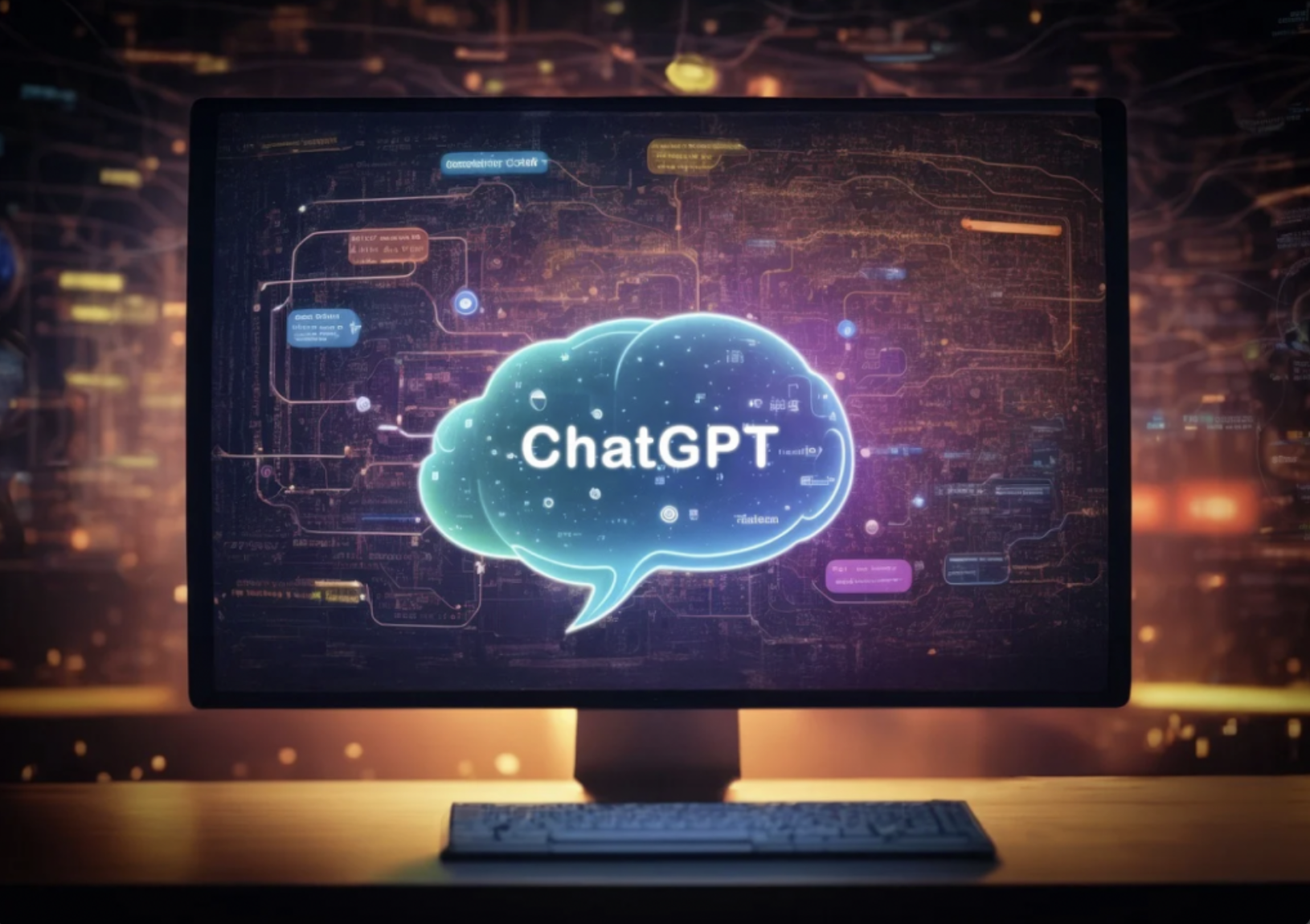Introduction
The GPT in ChatGPT stands for Generative Pre-trained Transformer. ChatGPT is a form of generative AI that lets users enter queries to which it furnishes human-like responses in the forms of images, text or videos.
Trained with reinforcement learning through human feedback, ChatGPT uses Natural Language Processing and simulates human-like dialogue. It can respond to questions colloquially and compose articles, social media posts, essays, code, emails and much more.
The AI chatbot developed by OpenAI has undergone many changes since it was first announced. There are both free ( GPT-3.5 ) and paid versions ( ChatGPT Plus and ChatGPT Enterprise ) available.
For free access ( GPT-3.5 ) all you have to do is sign up to get a login on the ChatGPT website. After that you can be instantaneously exploring the depths of the AI model in seconds. ChatGPT is available on both Android and Apple Devices as well.
How does ChatGPT work ?
On the face of it, the ChatGPT technology is really simple. Think of it as a very beefed-up version of the autocomplete software you see in your email software. You start typing a sentence and you are offered suggestions by the embedded technology.
As a language model, it works on probability and able to guess what the next word should be. To get to this stage, the model went through many stages beginning with a supervised learning stage.
The training used numerous text databases from the internet. It included a whopping 570 GB of data contained in books, web texts, Wikipedia, and other internet articles. To be even more exact, 300 billion words were fed into the system.
Next, for instance, it was input, “What is the color of the wood of a tree?”. It would search through its resources and use algorithmic searching weights to analyze and answer the question. If it got it right the algorithmic weights didn’t need to be changed. If it got it wrong, the correct answer was fed back into the system by the training team, and it would adjust its weights.
What sets this technology apart is that it continues to learn continuously while guessing what the next output should be by identifying patterns and assimilating feedback.
Use Cases of ChatGPT ?
ChatGPT is very versatile and can be used to,
- Write essays
- Code computer programs and check for bugs in code
- Write poems and movie scripts
- Compose music
- Draft emails
- Summarize articles, podcasts or presentations
- Script social media posts
- Create titles for articles
- Solve math problems
- Discover keywords for search engine optimization
- Create articles, blog posts and quizzes for websites
- Reword existing content for a different medium, such as a presentation transcript for a blog post
- Write excel formulas
- Formulate product descriptions
- Play games
- Assist with job searches, including writing resumes and cover letters
- Ask trivia questions
- Plan a holiday
- Describe complex topics more simply
- Write video scripts
- Research markets for products
- Generate art
What are the benefits of ChatGPT ?
Efficiency: Rather than manually searching the Internet for information, ChatGPT is able to return results to you in seconds and create content from it
Cost Savings: ChatGPT substitutes manual labor and thus creates cost-savings
Improved Content Quality: Having the entire internet at its disposal and an efficient generative capability, the content it creates is of a high quality
Education and Training: ChatGPT can provide explanations on complex topics and help serve as a virtual tutor
Enhanced Availability: ChatGPT is available round the clock and easily accessible
Multilingual Support: ChatGPT is available in multiple languages for multiple audiences
Personalization: ChatGPT can adapt to numerous user preferences and provide tailor-made responses and content
Scalability: The Chatbot can handle multitude of users at the same time and thus can be scaled in size to accommodate more and more users
Natural Language Understanding: ChatGPT is versatile in various communication styles and can thus engage various types of audiences
Conclusion
ChatGPT has achieved a lot, both good and bad, since it was announced. It has been embraced by huge companies and organizations but rejected by educational institutes and schools. Used by millions each day, it can answer questions, tell stories, write web code, and even conceptualize complicated topics. Critics and naysayers have pointed out drawbacks such as plagiarism, biases in training data, replacement of human labor and privacy issues.
There is little doubt though, about the growing popularity of ChatGPT. According to analysts at Goldman Sachs, it reached a 100 million users in two months, the fastest app to do so on record. In comparison, TikTok took nine while Instagram took 30.
Now, with plenty of competition like Google Bard, ChatGPT is constantly trying to improve and offer new features. One of the newest features is Dall-E 3 – an image generator. It is capable of operating in cohesion with the AI and creates beautiful dreamy art from input prompts.
Image Sourced from Net
